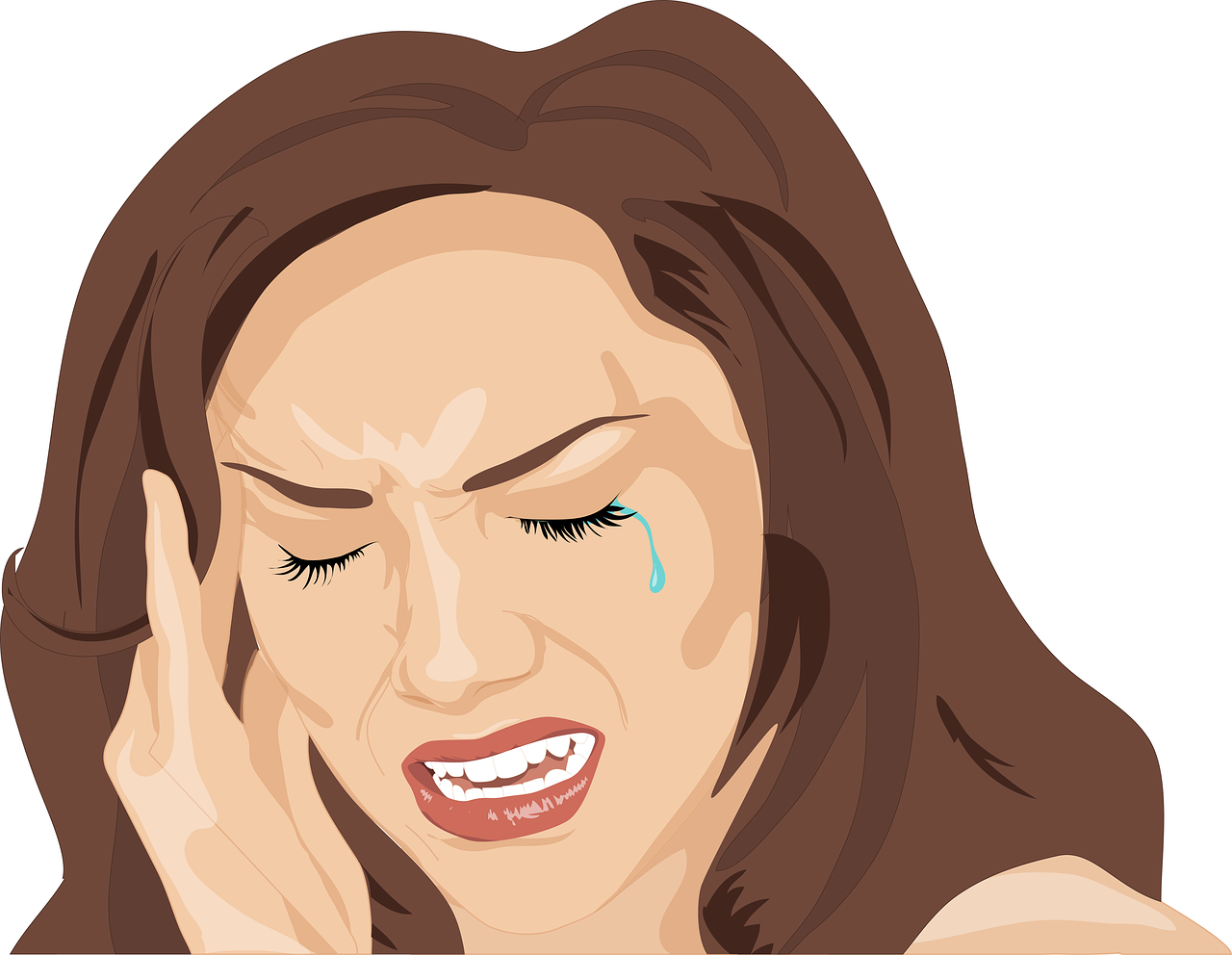After I wrote about pediatric MS earlier last week, a reader commented: “I think it would behoove your editorship to follow up to address to audiences…symptoms that typify the early-age demographic.” That’s a good point. So, I drilled deeper into how MS is handled in people younger than 18 years old and found some very interesting information.
Pediatric MS diagnosis
To begin with, neurologists have a difficult time diagnosing MS in pediatric patients. One reason, according to information provided by the Cleveland Clinic, is that the symptoms generally associated with MS may overlap with other pediatric diseases, particularly acute disseminated encephalomyelitis or neuromyelitis optica. Also, MRI scans may not show enough T2 hyperintense areas to meet the criteria necessary for an MS diagnosis in an adult.
According to a study in Current Neurology and Neuroscience Reports, determining an MS diagnosis in a youngster typically takes longer than in an adult.
“The more atypical the case and the younger the child, the more consideration is necessary before making a diagnosis of MS,” the study says.
A look at a chart published by the National MS Society gives an idea of how complex the diagnostic process can be.
Greater disability earlier in the disease
Pediatric MS may lead to significant disability at a younger age, for example, while patients are students or young professionals, or when they want to start a family. An article published in the journal Pediatric Health, Medicine and Therapeutics reports that pediatric-onset MS (POMS) “is associated with a higher relapse rate, and results in irreversible disability on average 10 years earlier than adult-onset multiple sclerosis.” A review by the authors of 20 articles published in medical journals over many years shows that “manifestations of POMS include mental and physical fatigue, cognitive impairment, and depression.”
So, there’s a need for a rapid diagnosis and treatment. But just as a diagnosis is difficult, so, too, is treatment.
Pediatric MS treatment
Treating MS in a child or young adult can be difficult because doctors lack good information about the efficacy and safety of the disease-modifying therapies (DMTs) they’re prescribing for these young people. That’s because there have been very few clinical trials of DMTs that have been designed specifically for pediatric MS patients. “As a result,” Cleveland Clinic doctors say, “children are receiving adult therapies in an arbitrary manner and our understanding of pediatric treatment effect and tolerability is limited.”
A few months ago, a 2 year study of Gilenya (Fingolimod) in pediatric multiple sclerosis was presented at the ECTRIMS 2017 MS conference. Last December the Food and Drug Administration granted breakthrough status to the drug for use treating children ten years and older. That’s encouraging.
The authors of the Pediatric Health, Medicine and Therapeutics article, however, feel that treatments need not be limited to DMTs. They write: “Participation in health behaviors, particularly physical activity, diet, and sleep, may have benefits for POMS. Nevertheless, there are currently no interventions targeting promotion of these behaviors and examining the benefits of managing the primary and secondary manifestations of POMS.”
The National MS Society has some very detailed POMS information on its website.
So what now?
Though pediatric patients may make up only 5 percent, or fewer, of multiple sclerosis patients, they’re the patients whose disease seems to progress the fastest. They also have the longest futures ahead of them. So, it would seem to be a good thing to give greater attention to POMS in order to give these young people a better chance at a future in which their MS is held in check. That includes researching both the effects of DMTs on pediatric patients and the effects on POMS patients of the non-pharmaceutical activities mentioned earlier.
Let’s continue the momentum that, hopefully, will be generated by the Gilenya POMS study and do more to address the unique problems of treating young MS patients. Difficult? Sure, but worth the effort.
(This is an updated version of one of my columns that first appeared on www.multiplesclerosisnewstoday.com).



